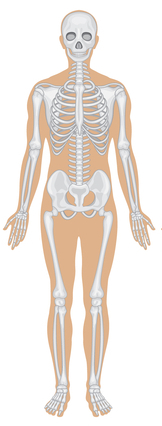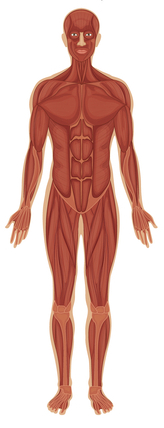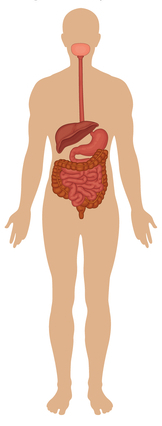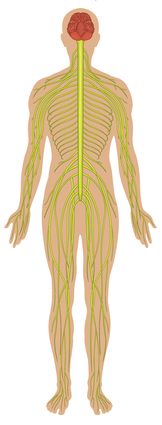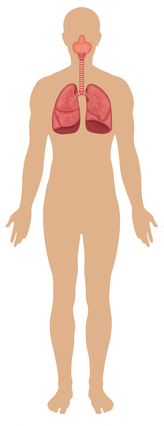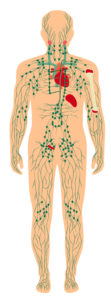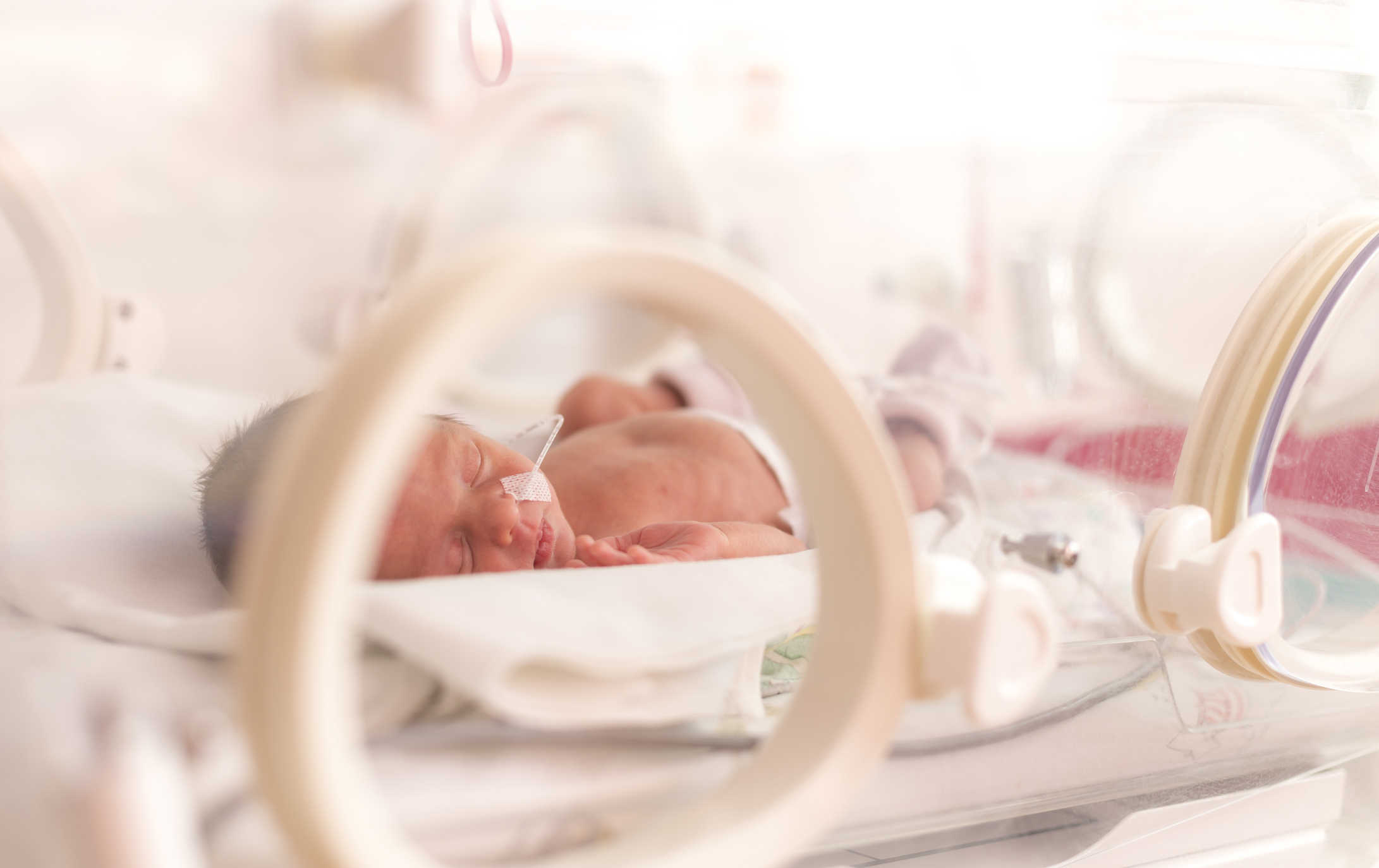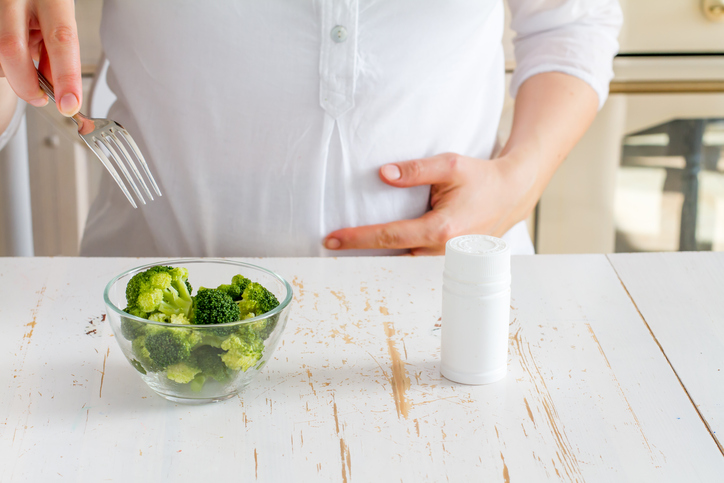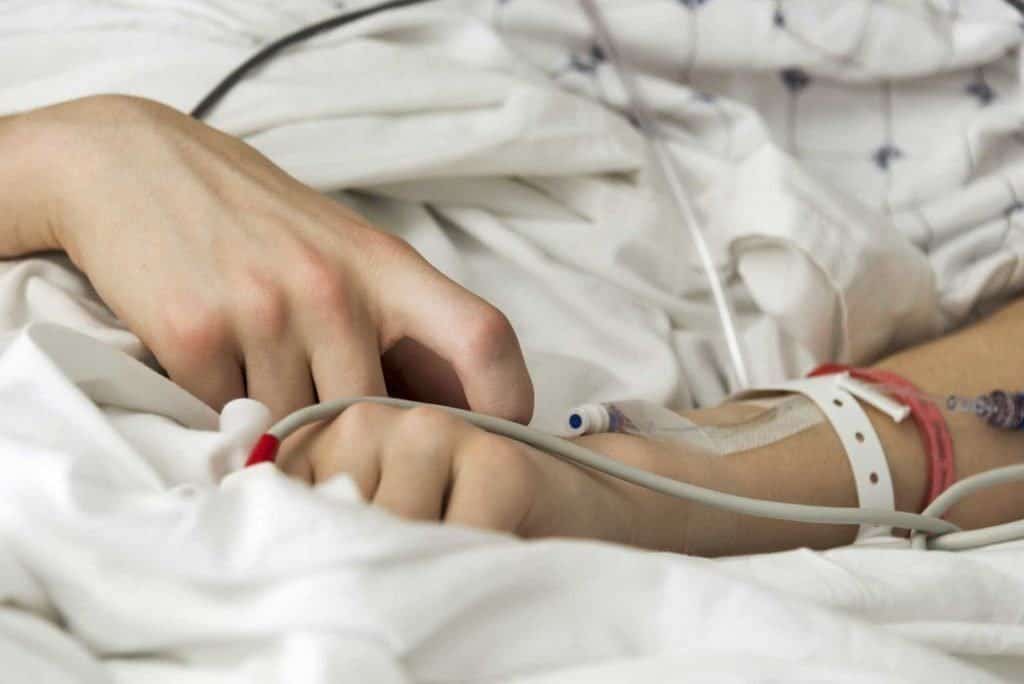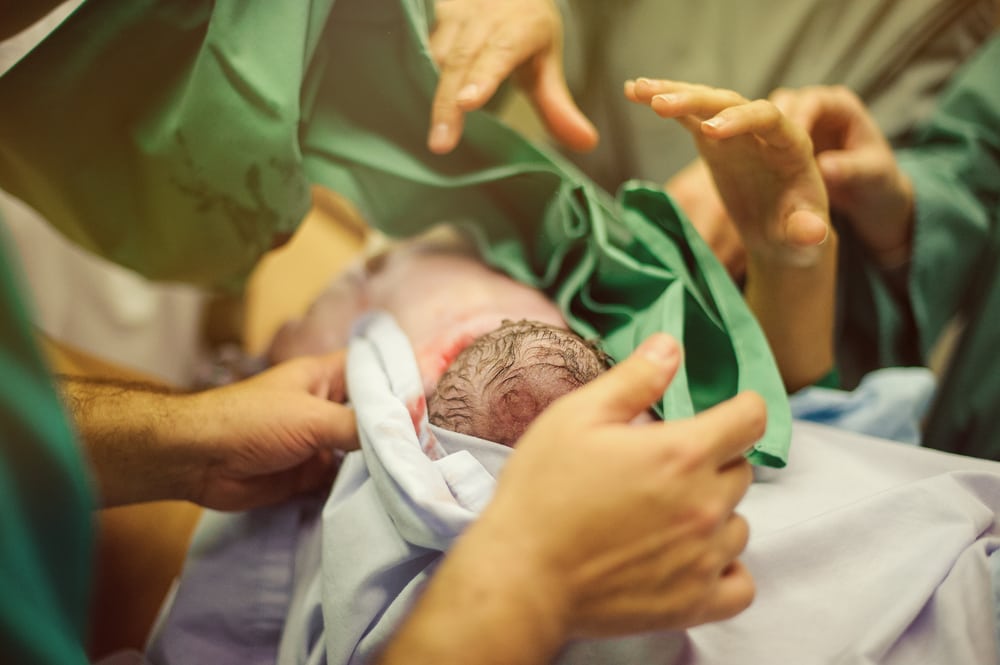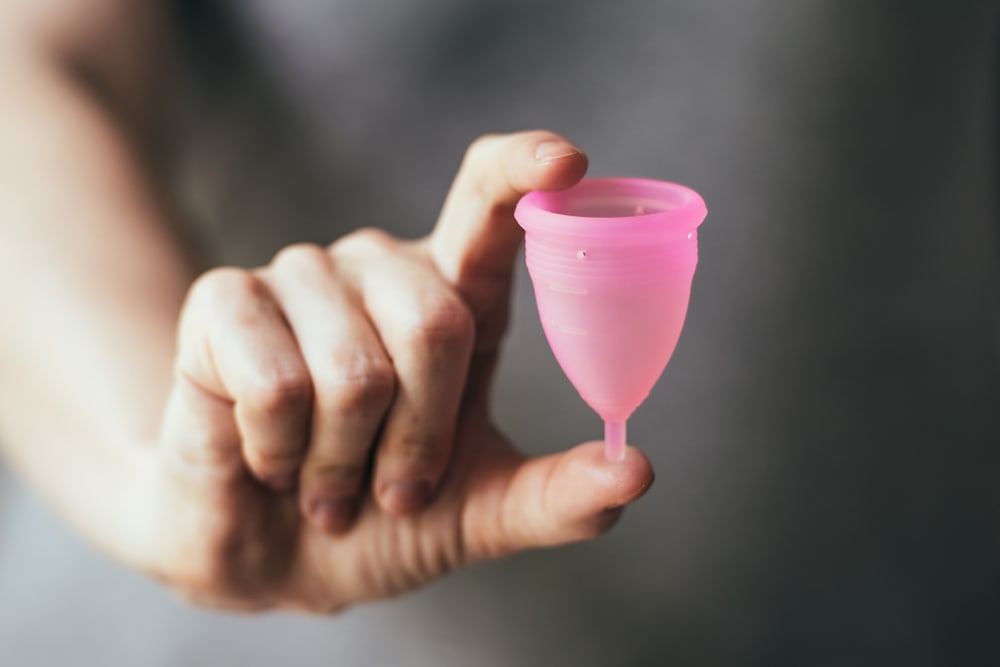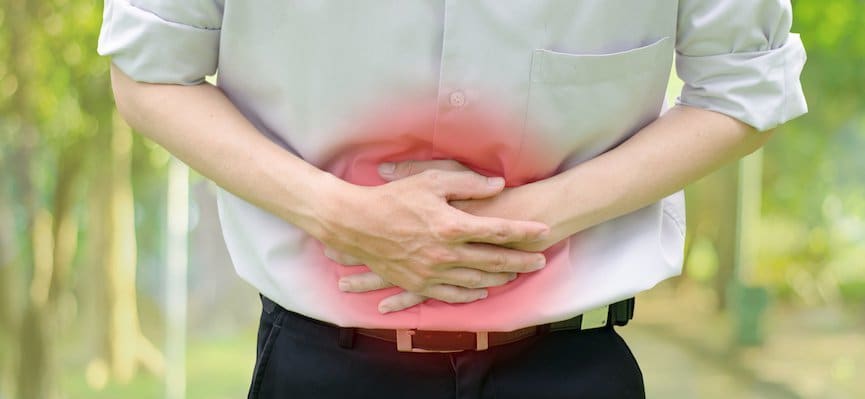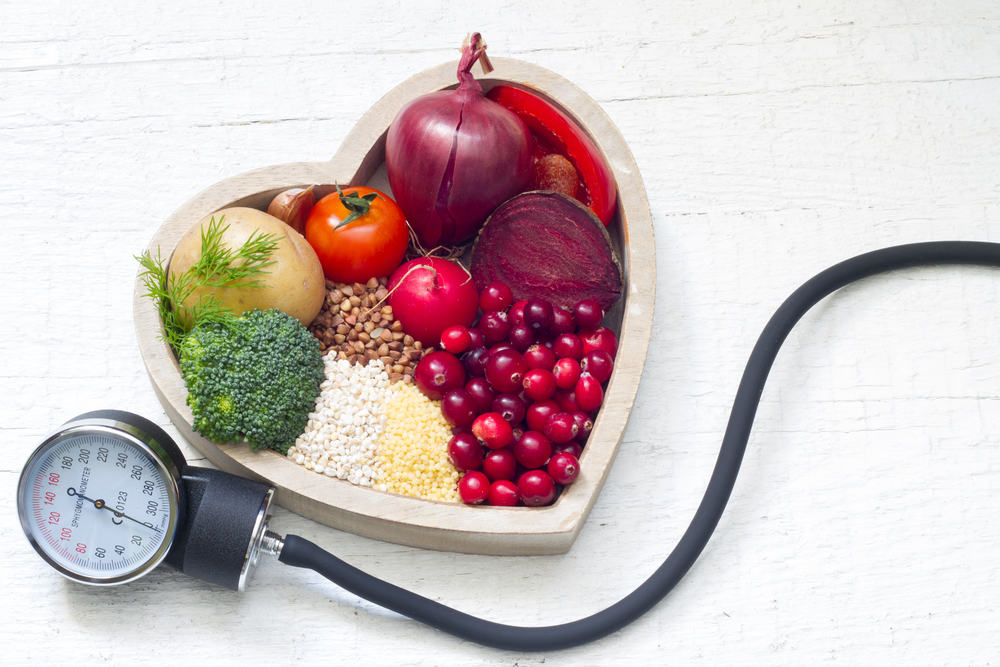Contents:
- Medical Video: Human Body Systems Functions Overview: The 11 Champions (Updated)
- Anatomy of the human body
- 1. Skeletal system
- 2. Muscle system
- 3. The circulatory system
- 4. Digestive system
- 5. Endocrine system
- 6. nervous system
- 7. Respiratory system
- 8. The immune system
- 9. Lymphatic system
- 10. Excretion and urinary system
- 11. Reproductive system
- 12. Integumentary system
Medical Video: Human Body Systems Functions Overview: The 11 Champions (Updated)
The anatomy of the human body is the study of the structure of the human body. The anatomy of the human body is composed of cells, tissues, organs, and organ systems. Organ systems are the parts that make up the human body. This system consists of various types of organs, which have special structures and functions. Organ systems have distinctive structures and functions. Each organ system is interdependent, both directly and indirectly.
Anatomy of the human body
1. Skeletal system
The human body is supported by the skeletal system, which consists of 206 bones that are connected by tendons, ligaments, and cartilage. This bone is arranged by an axial skeleton and appendicular skeleton.
The axial skeleton consists of 80 bones located along the axis of the human body. The axial skeleton consists of the skull, middle ear bones, hyoid bones, ribs, and spine.
The appendicular skeleton consists of 126 bones which are complementary bones that connect the axial skeleton. The appendicular skeleton is located in the area of the upper limb, lower leg, pelvis and shoulder.
The function of the skeletal system is to move, support and give shape to the body, protect internal organs, and as a place for attaching muscles.
2. Muscle system
The muscular system consists of about 650 muscles that help with movement, blood flow, and other bodily functions.
There are three types of muscles, namely skeletal muscles connected with bones, smooth muscles found in the digestive organs, and heart muscles found in the heart and help pump blood.
3. The circulatory system
The circulatory system consists of the heart, blood vessels, and about 5 liters of blood carried by blood vessels. The circulatory system is supported by the heart, which is only the size of a closed fist. Even at rest, on average the heart easily pumps more than 5 liters of blood throughout the body every minute.
The circulatory system has three main functions, namely:
- Circulating blood throughout the body. Blood provides essential nutrients and oxygen and removes waste and carbon dioxide from the body. Hormones are transported throughout the body through blood plasma fluids.
- Protect the body through white blood cells by fighting pathogens (germs) that have entered the body. Platelets function to stop bleeding when injured and prevent pathogens from entering the body. Blood also carries antibodies that give specific immunity to pathogens that have been previously exposed to the body or have been vaccinated.
- Maintain homeostasis (balance of body condition) in several internal conditions. Blood vessels help maintain a stable body temperature by controlling blood flow to the surface of the skin.
4. Digestive system
The digestive system is a group of organs that work to receive food, convert and process food into energy, absorb nutrients contained in food into the bloodstream, and dispose of the remaining food that cannot be digested by the body.
Food passes through the digestive tract which consists of the oral cavity, pharynx (throat), larynx (esophagus), stomach, small intestine, large intestine, and ends in the anus.
In addition to the digestive tract, there are several important accessory organs in the anatomy of the human body that help digest food. Accessory organs from the digestive system include teeth, tongue, salivary glands, liver, gallbladder, and pancreas.
5. Endocrine system
The endocrine system consists of several glands that secrete hormones into the blood. These glands include the hypothalamus, pituitary gland, pineal gland, thyroid gland, parathyroid gland, adrenal gland, pancreas, and genital gland (gonad).
Glands are controlled directly by stimulation of the nervous system and also by chemical receptors in the blood and hormones produced by other glands.
By regulating the functions of organs in the body, these glands help maintain body homeostasis. Cellular metabolism, reproduction, sexual development, sugar and mineral homeostasis, heart rate, and digestion are one of the many processes regulated by hormones.
6. nervous system
The nervous system consists of the brain, spinal cord, sensory organs, and all the nerves that connect these organs with other body parts. These organs are responsible for body control and communication between their parts.
The brain and spinal cord form a control center known as the central nervous system. Sensory nerves and sensory organs of the peripheral nervous system monitor conditions inside and outside the body and transmit central nervous system information. Efferent nerves in the peripheral nervous system carry signals from the control center to the muscles, glands, and organs to regulate their functions.
7. Respiratory system
The cells of the human body need a flow of oxygen to stay alive. The respiratory system provides oxygen to the cells of the body while removing carbon dioxide and waste products that can be lethal if left to accumulate.
There are three main parts of the respiratory system: the airway, the lungs, and the muscles of respiration. The airways include the nose, mouth, pharynx, larynx, trachea, bronchi, and bronchioles. This channel carries air through the nose to the lungs.
The lungs function as the main organ of the respiratory system by exchanging oxygen into the body and carbon dioxide out of the body.
Respiratory muscles, including the diaphragm and intercostal muscles, work together to pump, pushing air into and out of the lungs while breathing.
8. The immune system
The immune system is the body's defense against bacteria, viruses, and other pathogens that may be dangerous, by guarding and attacking these pathogens.
These include lymph nodes, spleen, bone marrow, lymphocytes (including B cells and T cells), thymus, and leukocytes, which are white blood cells.
9. Lymphatic system
In the anatomy of the human body, the lymphatic system includes lymph nodes, lymph channels, and lymph vessels, and also plays a role in the body's defenses.
Its main task is to make and move lymph, a clear liquid containing white blood cells, which helps the body fight infection.
The lymphatic system also removes excess lymph fluid from the body's tissues, and returns it to the blood.
10. Excretion and urinary system
Excretion system secretes residual substances that no human needs anymore. In the anatomy of the human body, excretory organs consist of kidneys, liver, skin, and lungs.
The urinary or urinary system is included in the excretion system which consists of the kidney, ureter, bladder and urethra. The kidneys filter blood to remove waste and produce urine. The urethra, bladder and urethra together form the urinary tract, which functions as a system to drain urine from the kidney, store it, and then release it when urinating.
In addition to filtering and removing waste from the body, the urinary system also maintains water, ion, pH, blood pressure, calcium homeostasis and red blood cells.
The liver functions to remove bile, the skin functions to sweat, while the lungs function in removing water vapor and carbon dioxide.
11. Reproductive system

The reproductive system allows humans to reproduce. The male reproductive system includes the penis and testicles, which produce sperm.
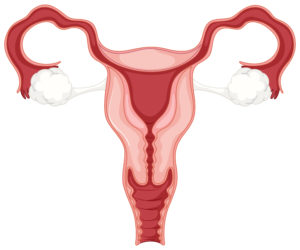
The female reproductive system consists of the vagina, uterus and ovary, which produces an ovum (egg cell). During fertilization, sperm cells meet the egg in the fallopian tube. The two cells then fertilize which is implanted and grows in the uterine wall. If it is not fertilized, the thickened uterine wall to prepare for pregnancy will be completely menstruated.
12. Integumentary system
The skin or integumentary system is the largest organ in the anatomy of the human body. This system protects from the outside world, and is the body's first defense against bacteria, viruses and other pathogens. The skin also helps regulate body temperature and removes residual waste through sweat. Besides the skin, the integumentary system includes hair and nails.


